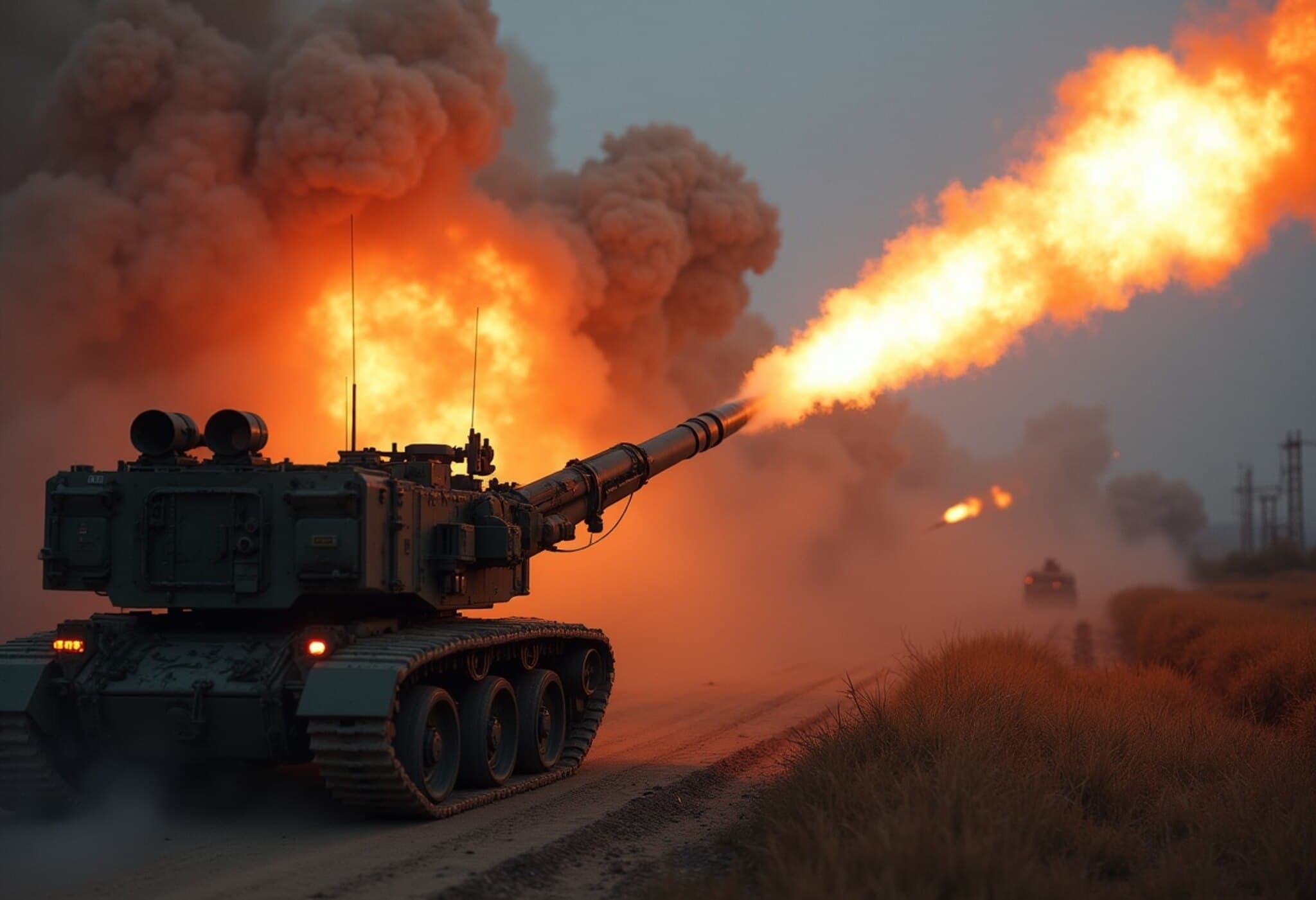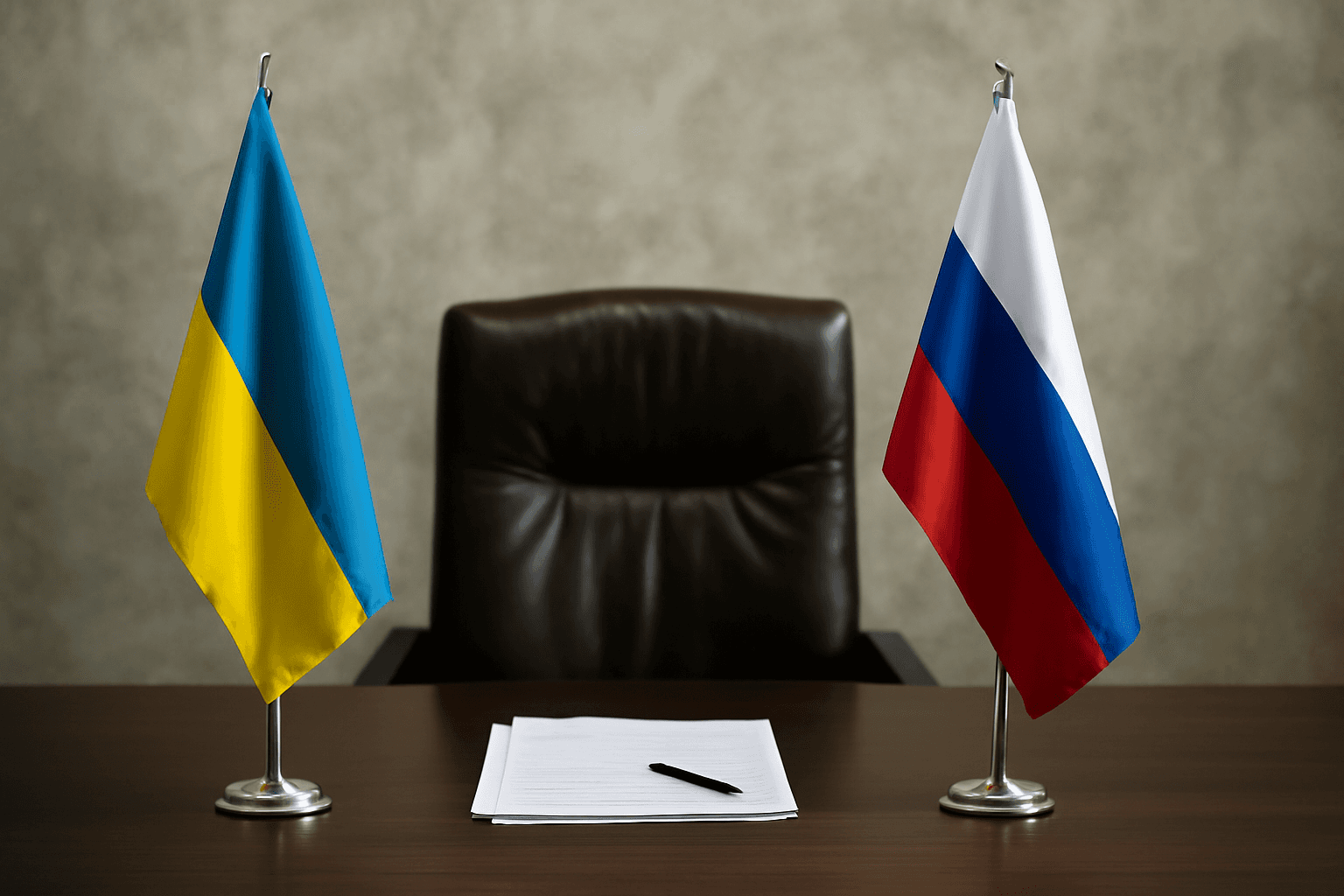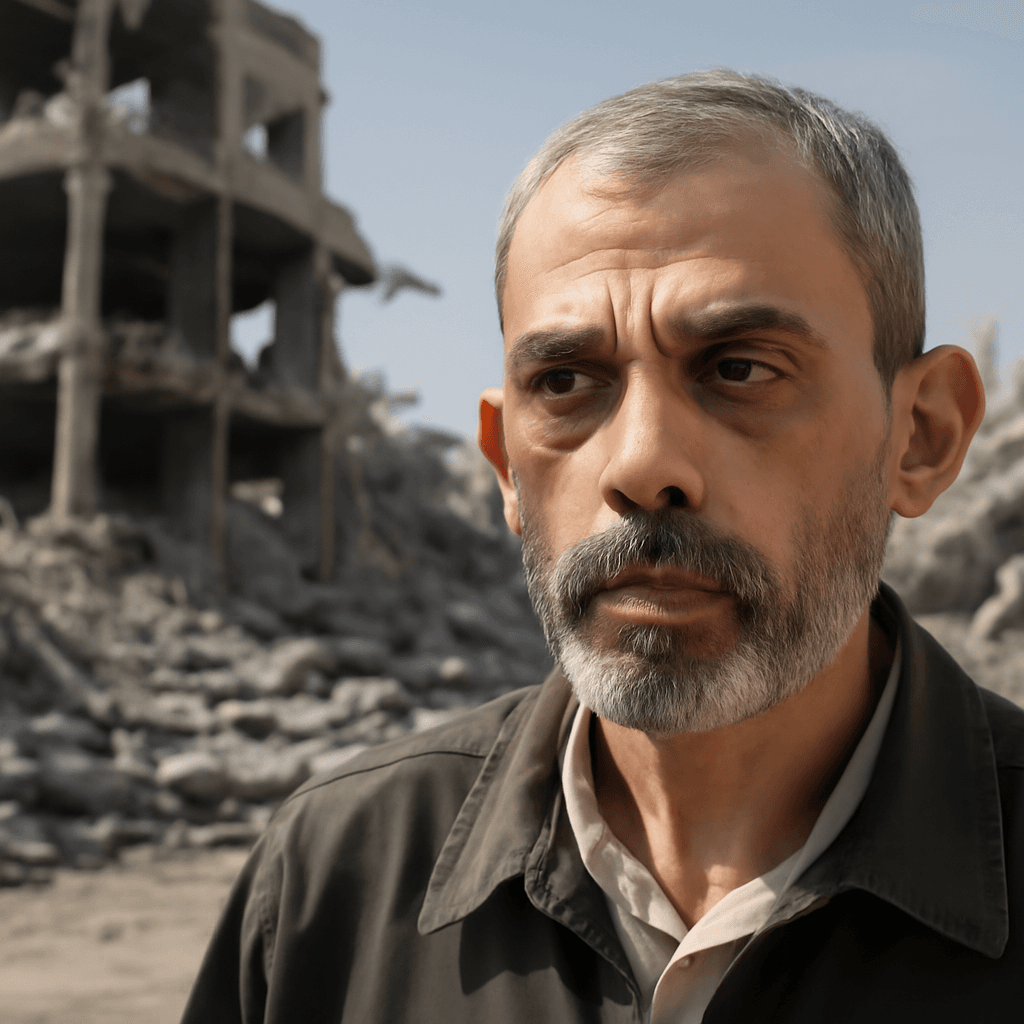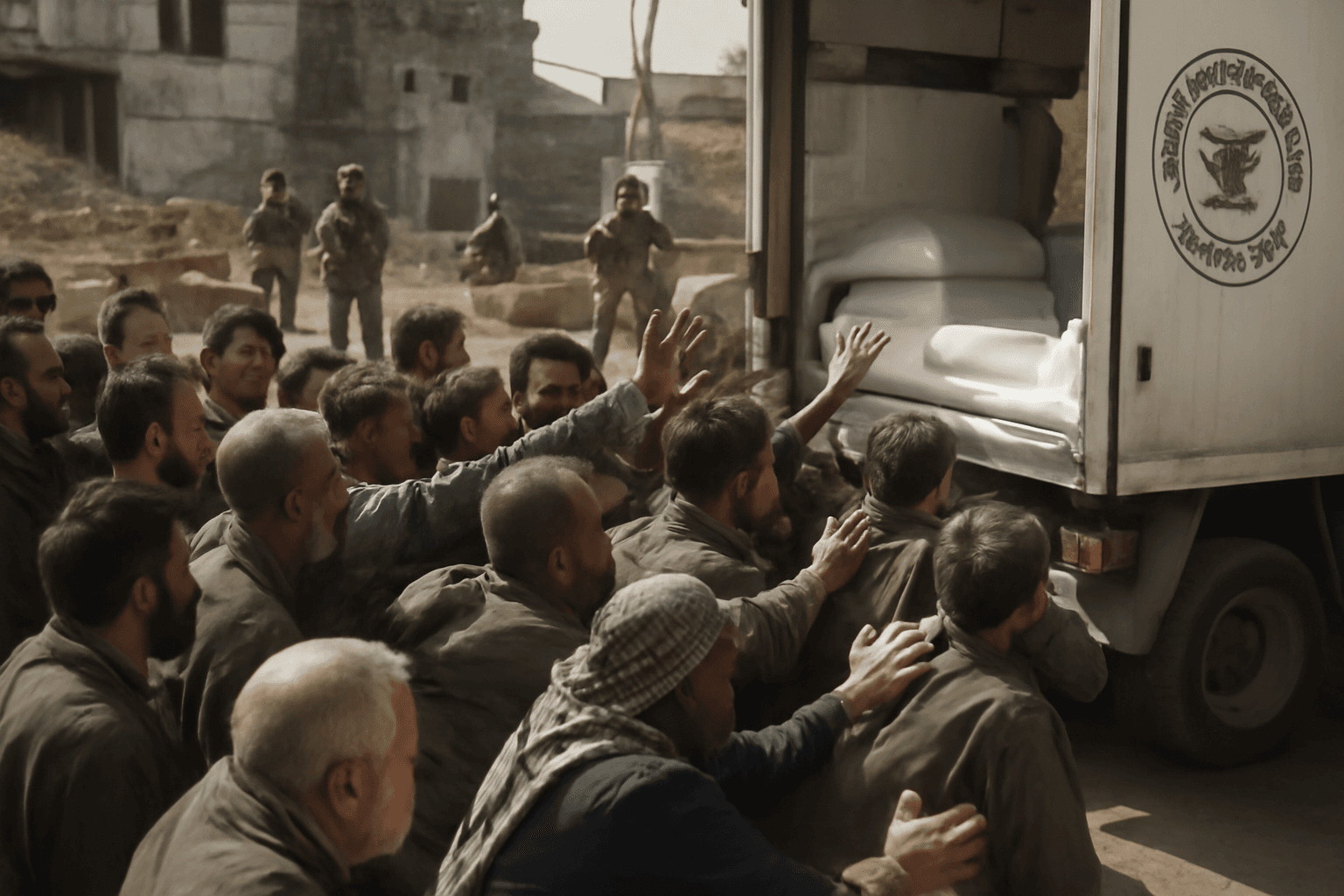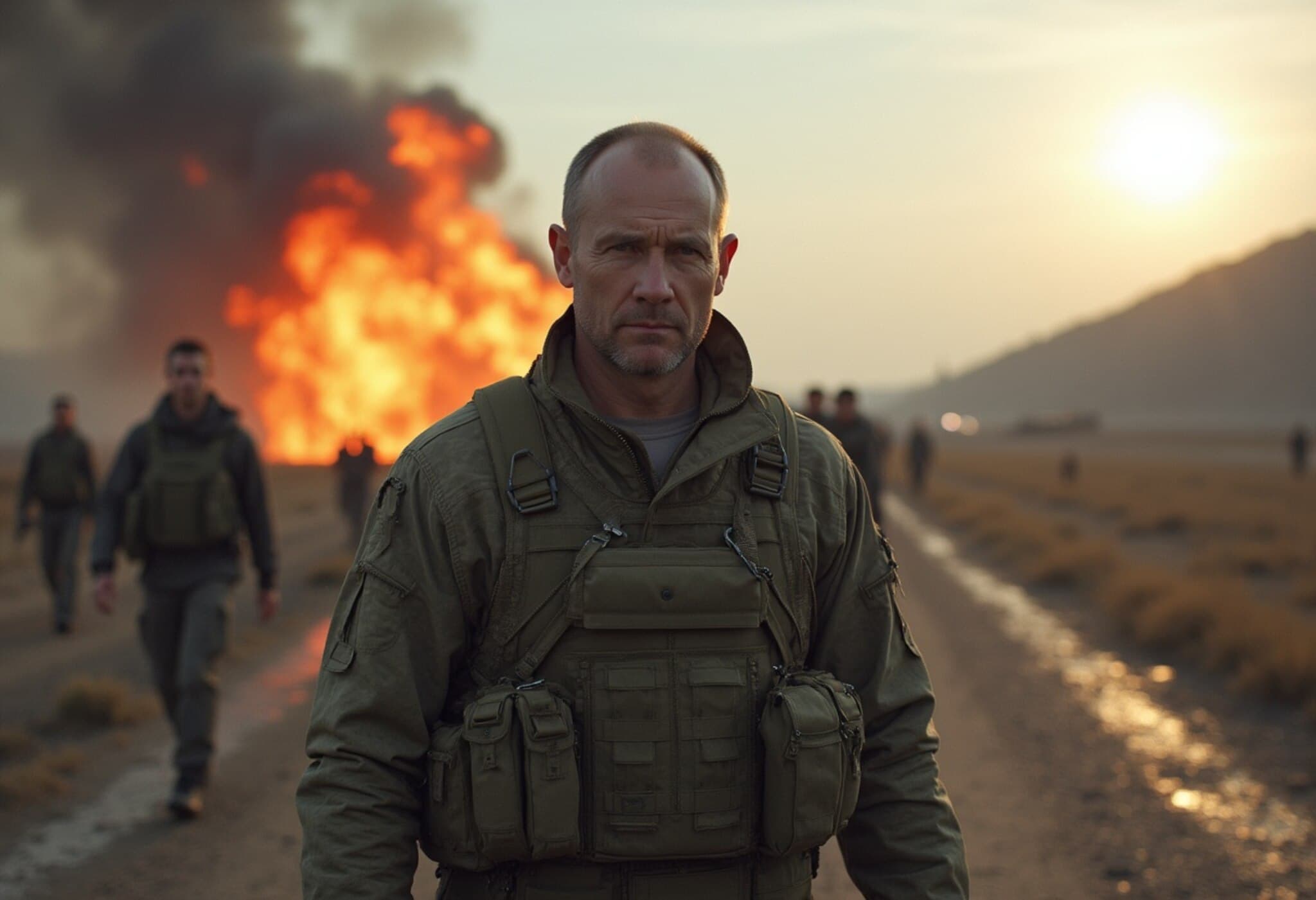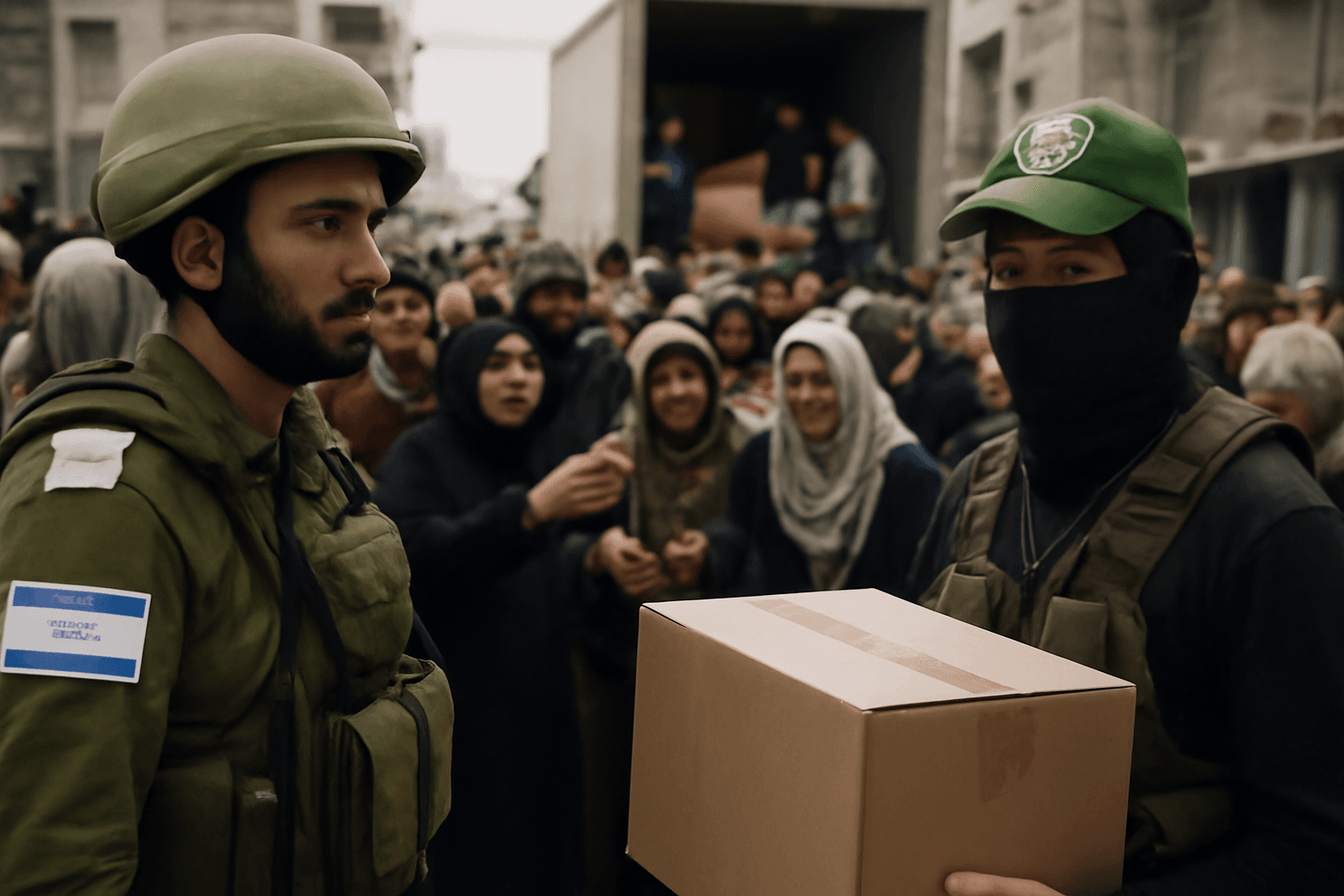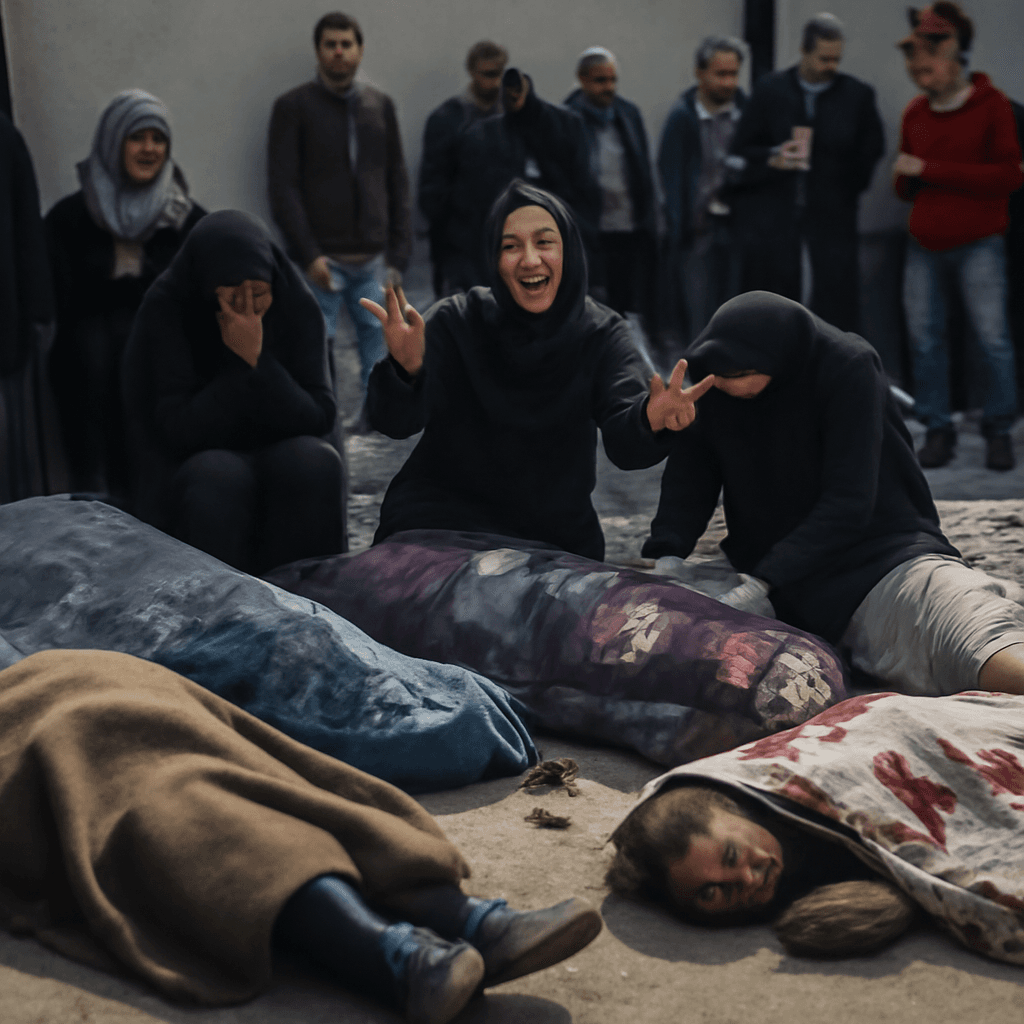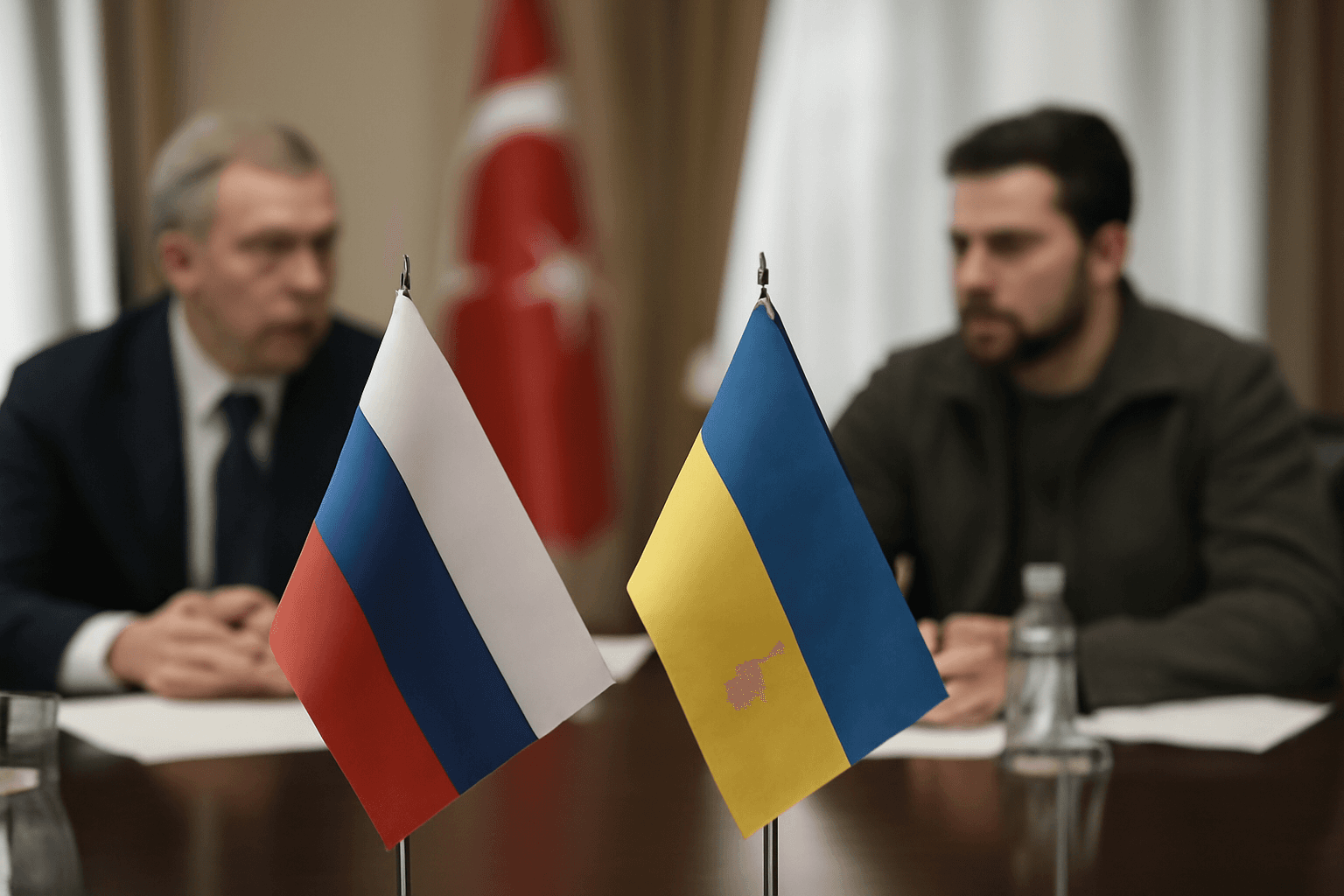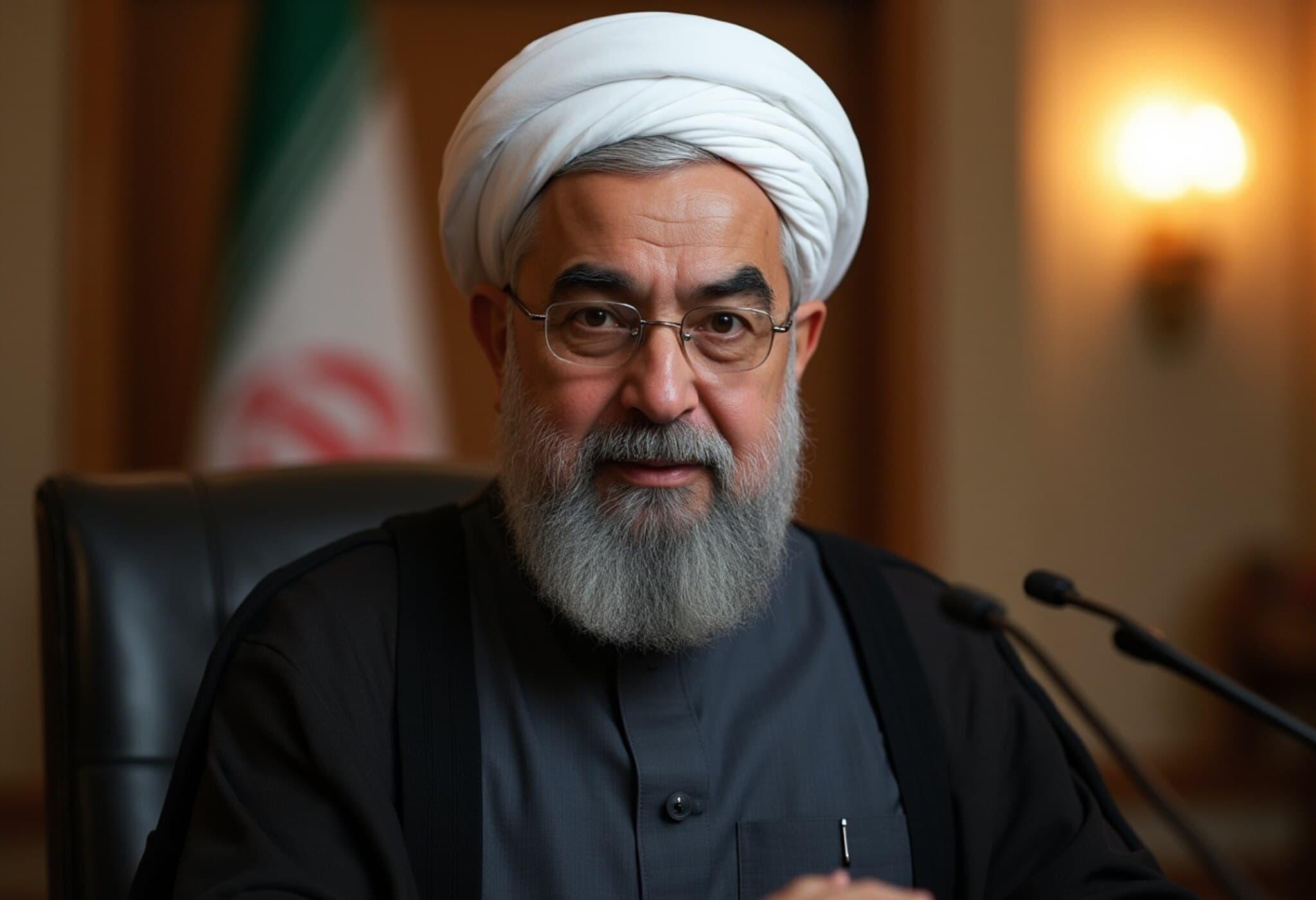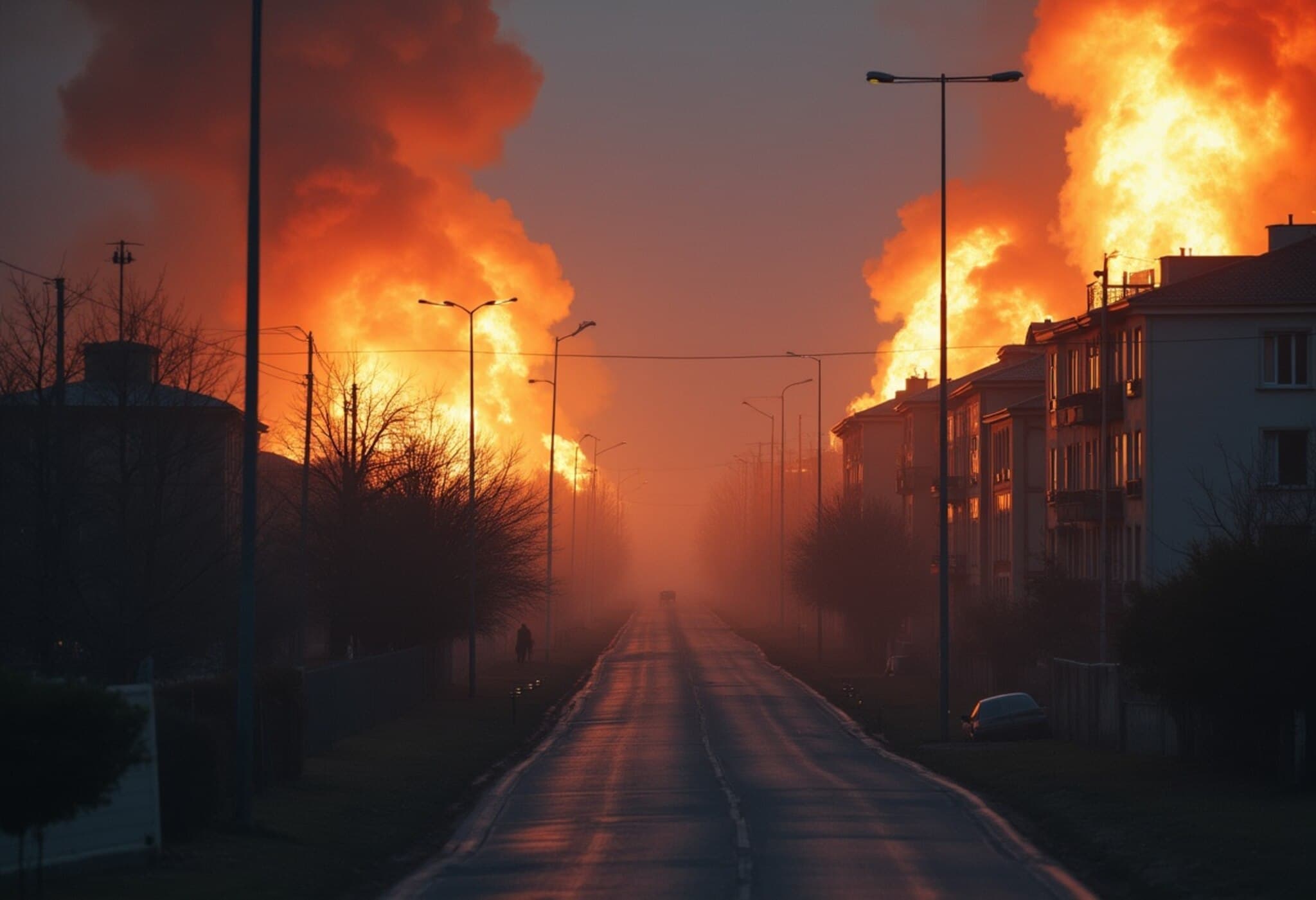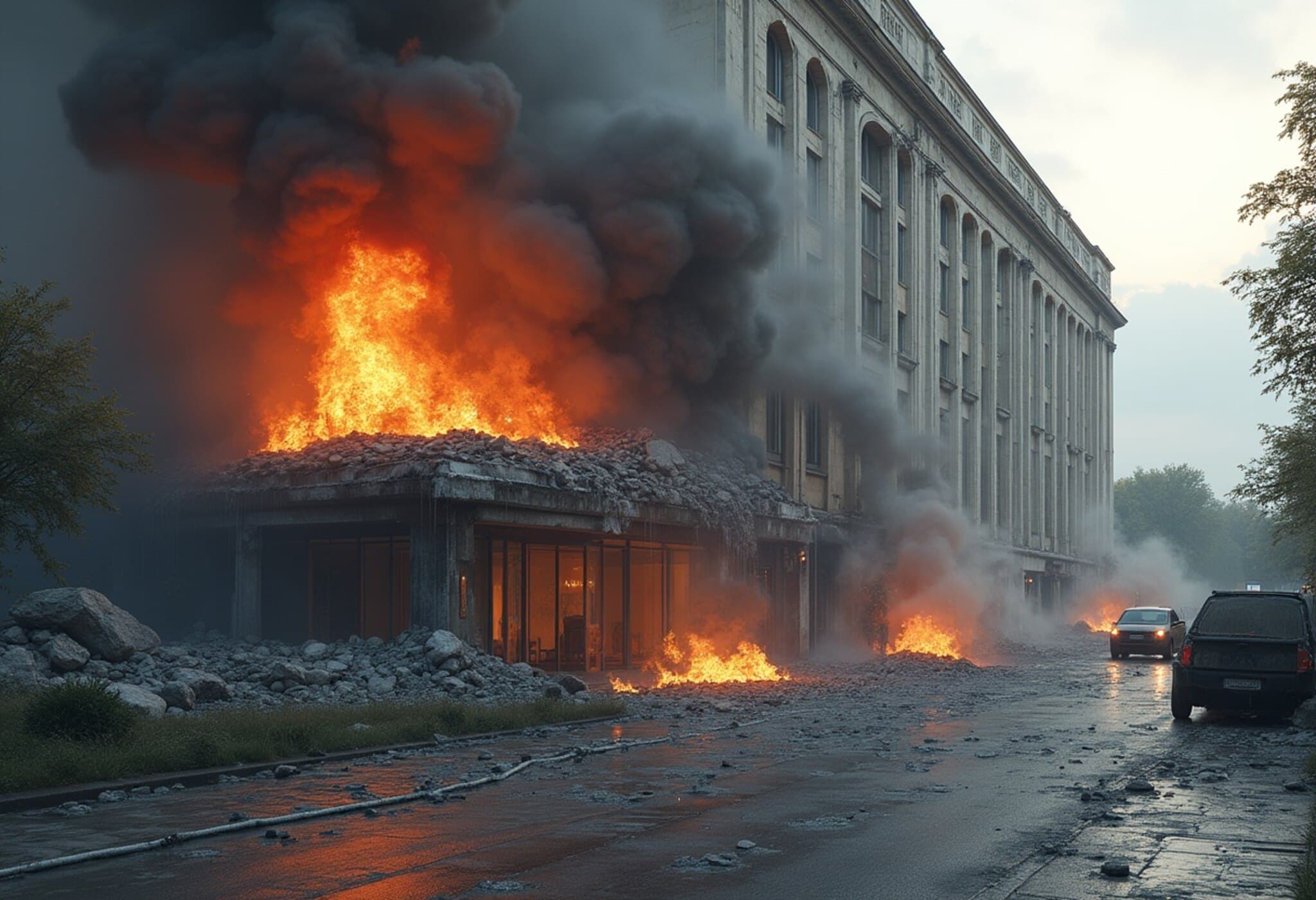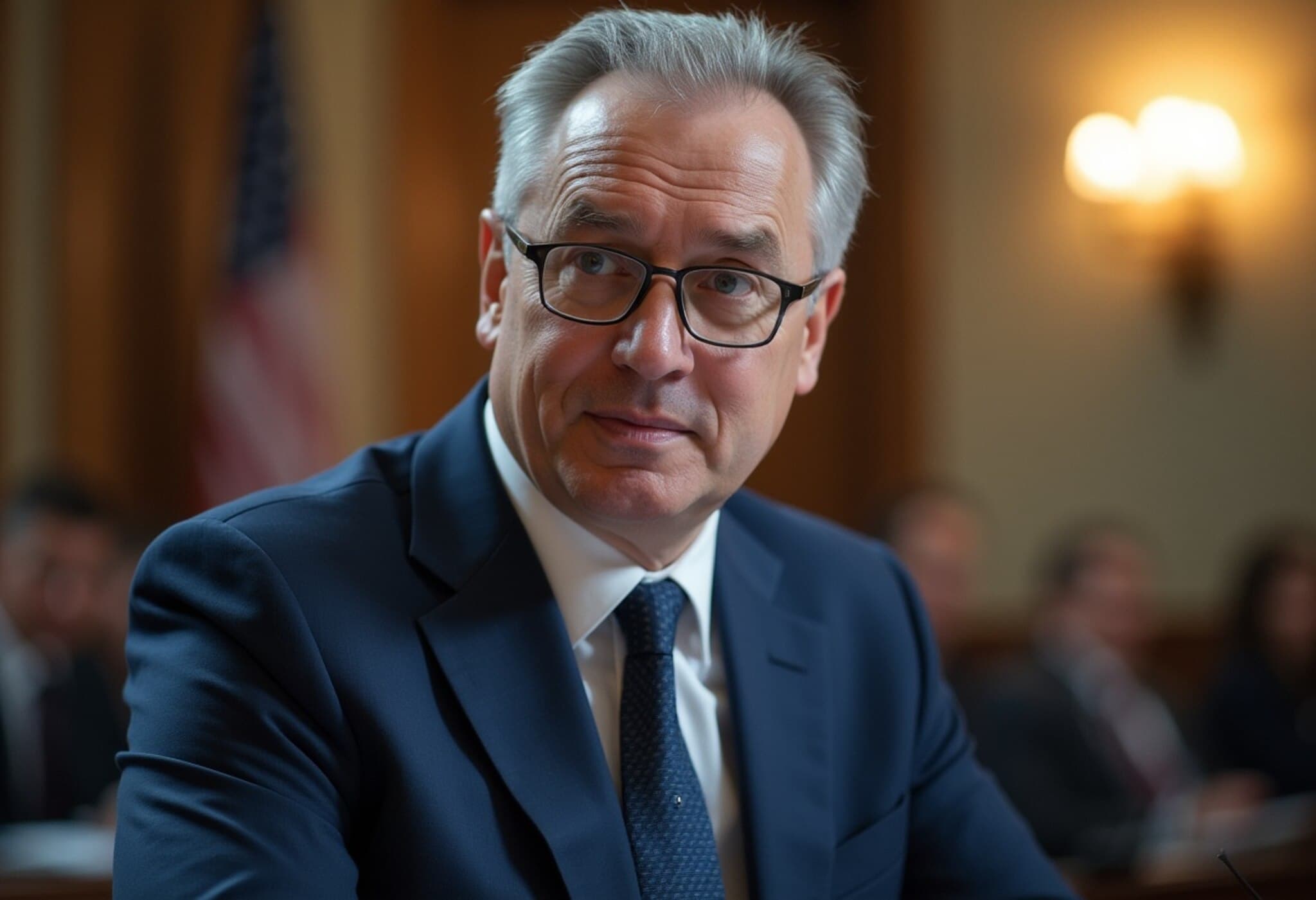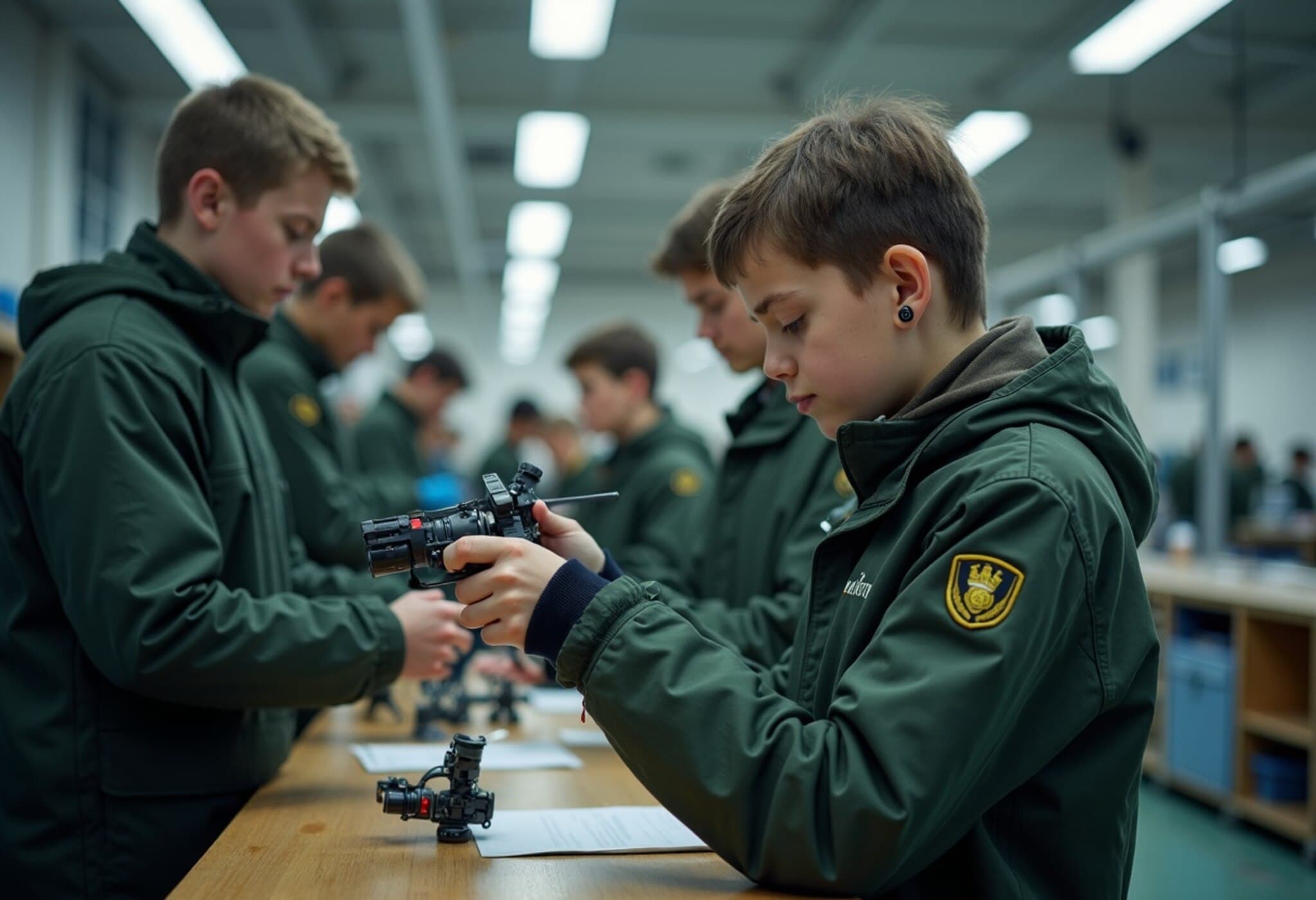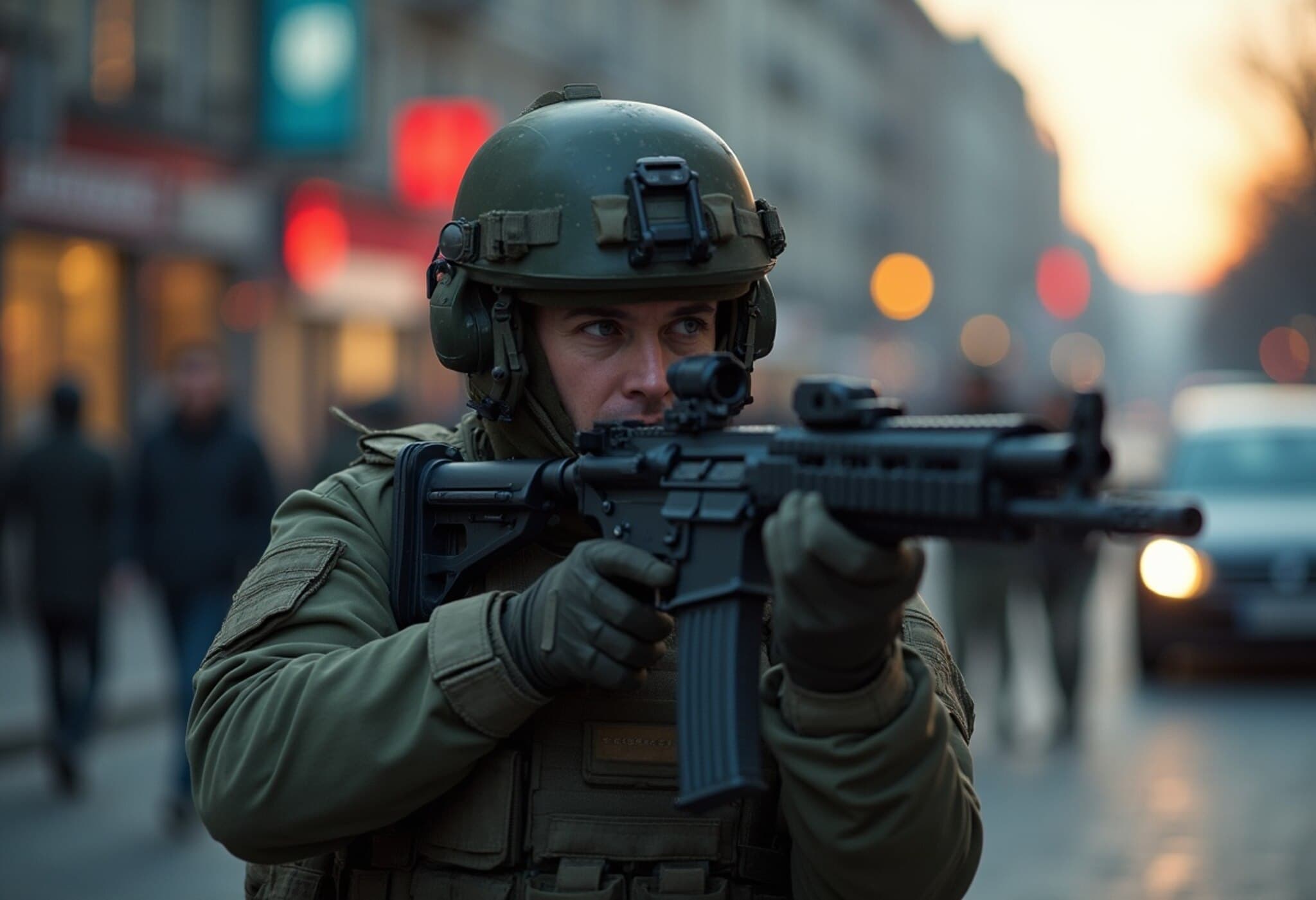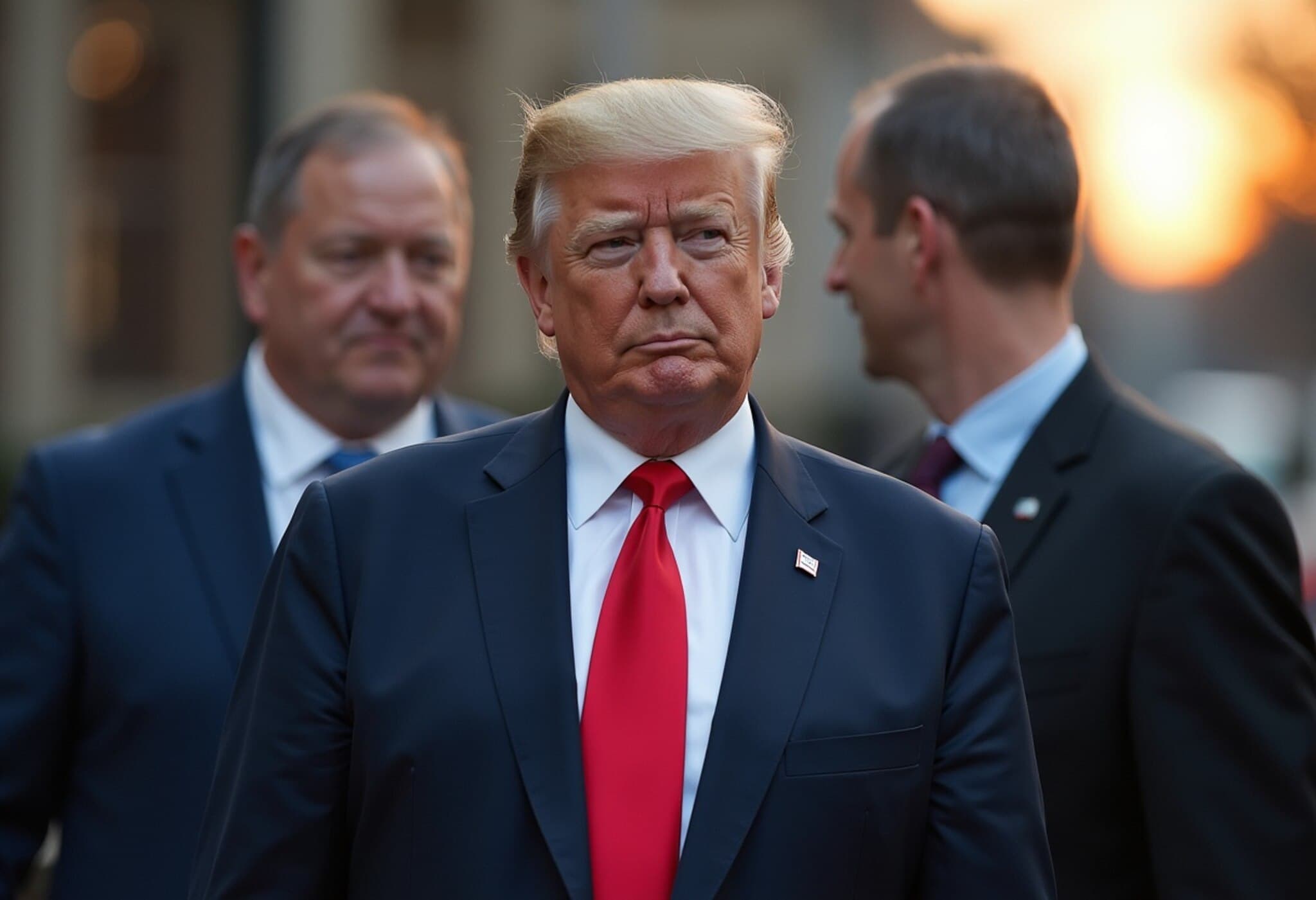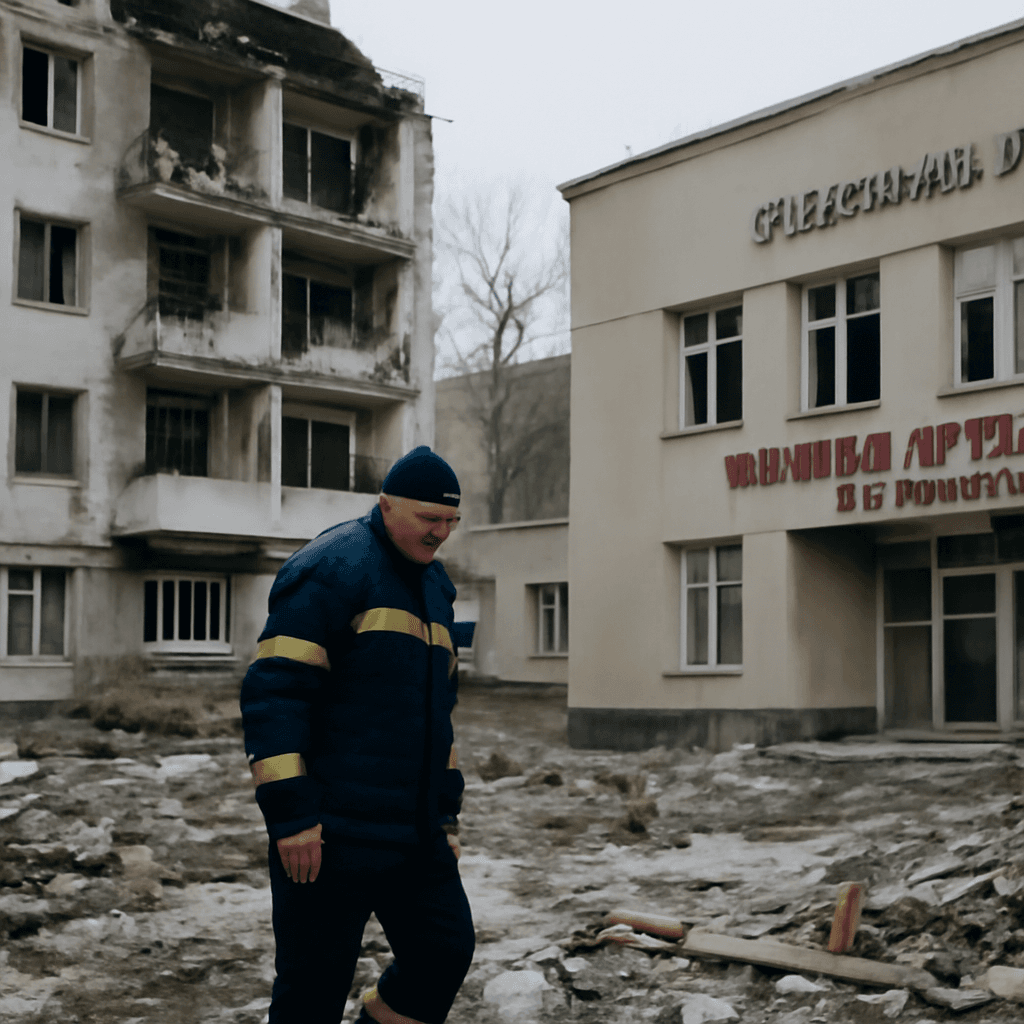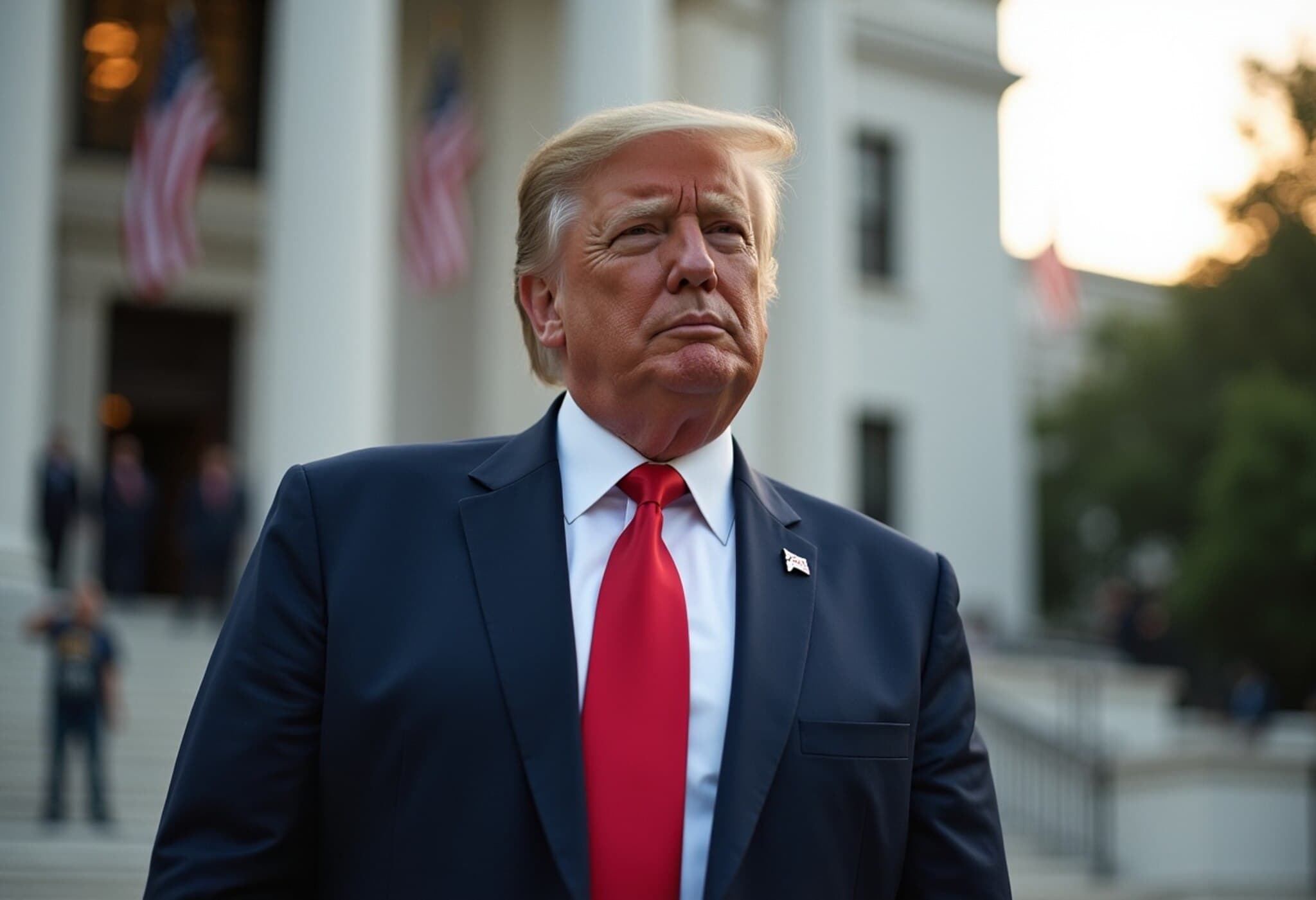Russian Forces Launch Major Assault on Kyiv Amid NATO Arms Deliveries
In the early hours of Monday, July 21, 2025, Kyiv, Ukraine's capital, endured one of its most intense aerial bombardments in recent months. The overnight assault, which began just past midnight and lasted until dawn, claimed the lives of two civilians and injured 15 others—including a 12-year-old child—according to Ukrainian President Volodymyr Zelenskyy.
This escalation comes at a critical juncture, mere hours before a high-profile NATO meeting tasked with coordinating enhanced military aid to Ukraine. The sustained strikes highlight both the severity of the conflict and the urgency among Western allies to fortify Kyiv's defenses.
Scope and Impact of the Attack
The Russian military employed a barrage of drones and missiles in this coordinated assault. According to Russia's defense ministry, hypersonic Kinzhal missiles and drone strikes targeted Ukrainian airfields and military infrastructure, aiming to incapacitate Kyiv's aerial capabilities.
Ukraine’s Air Force reported an onslaught of 426 Shahed and decoy drones, alongside 24 different missiles. While Ukrainian defenses successfully intercepted 200 drones and jammed or caused the loss of radar contact with another 203, the sheer volume overwhelmed some defenses, leading to significant damage and civilian casualties.
In a notable incident amid the chaos, four Ukrainian military aircraft inadvertently violated Romanian airspace for several minutes, underscoring the heightened operational pressure on Ukrainian forces.
Ukraine's Counterattacks and Continued Drone Warfare
Despite the bombardment, Ukraine launched counterstrikes targeting Russian territory. Russia’s defense reported that 74 Ukrainian drones were shot down overnight, with 23 intercepted over Moscow region and 15 directly above the city. These retaliatory strikes underline the ongoing tit-for-tat nature of drone warfare that has become a hallmark of this conflict.
NATO’s Coordinated Response: Urgency and Challenges
The timing of this attack, occurring just before a virtual convening of the Ukraine Defence Contact Group, catalyzed intensified discussions among NATO allies. The meeting was chaired by UK Defence Secretary John Healey and his German counterpart Boris Pistorius, with key participants including US Defence Secretary Pete Hegseth, NATO Secretary General Mark Rutte, and Supreme Allied Commander Europe Gen. Alexus Grynkewich.
In light of the attack, Healey signaled an urgent “50-day drive” aimed at accelerating the delivery of critical weapons and ammunition to Kyiv. This initiative dovetails with US President Donald Trump’s recent announcement promising enhanced military support, including the deployment of Patriot air defense systems, with deliveries expected to commence imminently.
However, the practical realities of arms shipments present obstacles. The US plans to coordinate with European allies to either donate existing stockpiles or procure new American-made weapons. Some members have faced bureaucratic and logistical delays, slowing the effort despite the clear demand.
Patriot Missile Systems: A Critical Yet Delayed Component
Germany has notably offered to finance two new Patriot missile defense systems for Ukraine and has considered donating existing units with US replacement support. Yet, Chancellor Friedrich Merz cautions that deliveries will not be immediate, highlighting the complex procurement and training needed for such advanced systems.
Meanwhile, Switzerland reported that the US reprioritized five previously ordered Patriot systems to bolster Ukraine's defense, illustrating an international recalibration of resources toward the conflict.
Peace Talks and the Future Outlook
Amid ongoing hostilities, President Zelenskyy proposed a fresh round of peace talks, likely to take place in Istanbul. While Russian officials, including Kremlin spokesman Dmitry Peskov, affirm openness to negotiations, they stress that Moscow’s strategic goals remain non-negotiable—casting uncertainty over the potential for a diplomatic breakthrough.
Editor’s Note: This latest surge in violence underscores the precarious balance Ukraine faces: defending its sovereignty against relentless attacks while banking on international military aid that is vital but not yet fully materialized. The NATO allies’ capacity to swiftly deliver and integrate advanced defense systems like Patriot missiles could be decisive in shaping the conflict’s trajectory. Moreover, the civilians caught in the crossfire highlight an urgent humanitarian dimension often overshadowed by the strategic narratives.
As the global community watches, critical questions remain: Can NATO’s intensified arms support reshape the battlefield balance? Will peace talks gain the necessary momentum amid escalating violence? And how will the unfolding drone warfare redefine modern conflict for both Ukraine and Russia?

